Duosida 32A single-phase charging cable Type 2 is designed for charging in mode 3 from all private and public AC stations. Both connectors have an ergonomic shape that ensures easy and comfortable handling and connection. When the cable is connected, it is protected against the ingress of particles and water. Protective caps have a degree of protection IP54 and allow protection against ingress of dust.
The connectors of the Duosida charging cable are made of solid thermoplastic, which is non-flammable and resistant to scratches, pressure and shocks. The outer sheath of the cable is made of thermoplastic polyurethane (TPE-U), whose significant properties include flexibility, long life and resistance to scratches and wear. Thanks to high-quality materials, the cable can withstand more than 10,000 connection cycles.
Thanks to the IEC 62196 communication protocol, the cable enables efficient communication between the on-board charger and the charging station.
Protective caps should be used whenever the cable is not connected, as they significantly increase its service life. After use, the cable must be wound correctly and then inserted into a bag. This significantly (!) increases its service life.
You will receive a bag with every purchase of a cable as a gift.
Technical Specifications
- Type 2 connectors (mennekes)
- Mode 3 cable for connection to charging stations
- Maximum current: 32A
- Maximum voltage: 240V
- Maximum charging power: 7.4 kW (1 phase)
- Operating temperature range: -30 ° C to 50 ° C
- Cable length: 5 and 8 m
- Black color with white elements
Security and certificates
All charging cables and connectors are tested to ensure their safety. When connected, the protection is IP44, the certified protection when using a protective cover is IP54. The connectors comply with IEC 62196-2 and SAE J1772 standards.
The cable is provided with a standard 24-month warranty.
If you hesitate whether this connector is suitable for your car, you can go to our database of electric cars, where you will find your model and the type of its connector, or you can contact us at any time.
In the Basics of electromobility you will also find an article about different types of connectors and their properties.


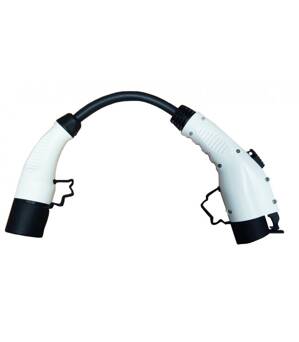
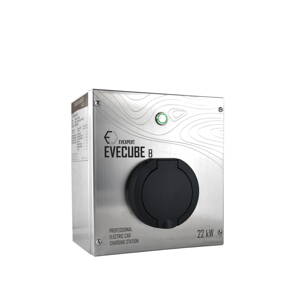

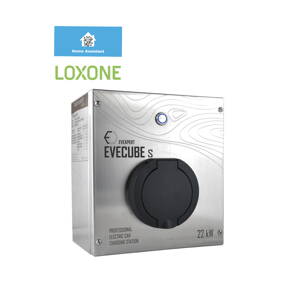
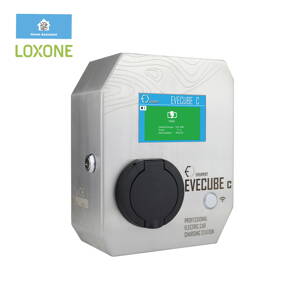
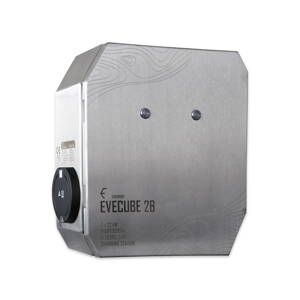
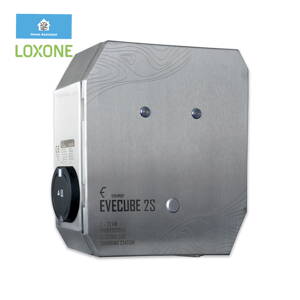

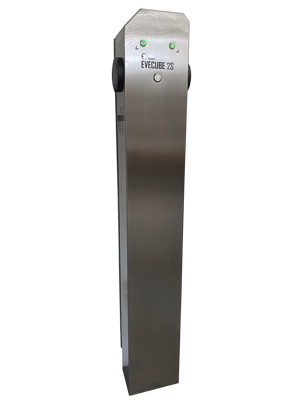
New comment